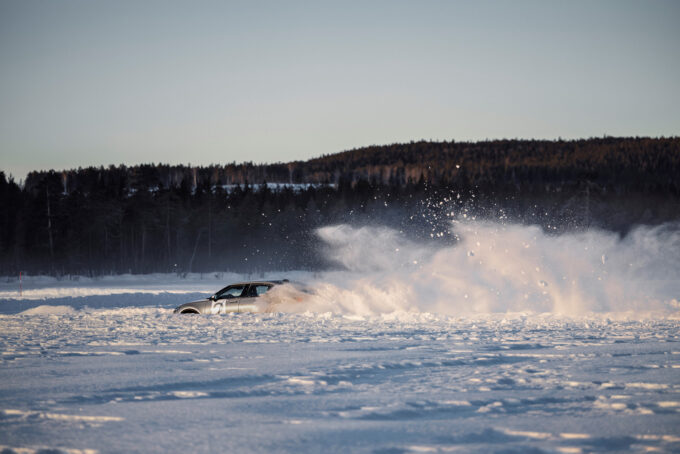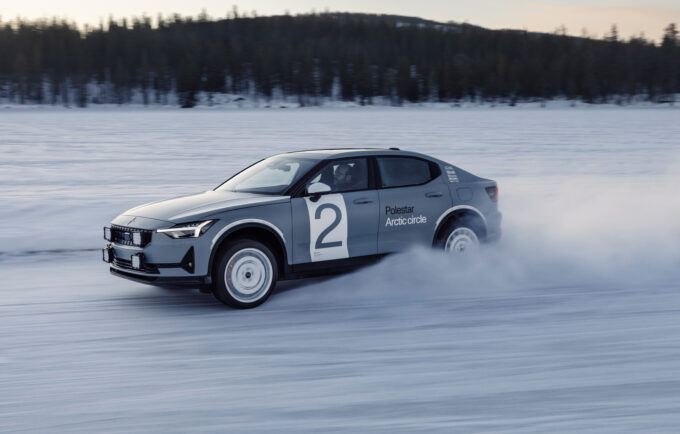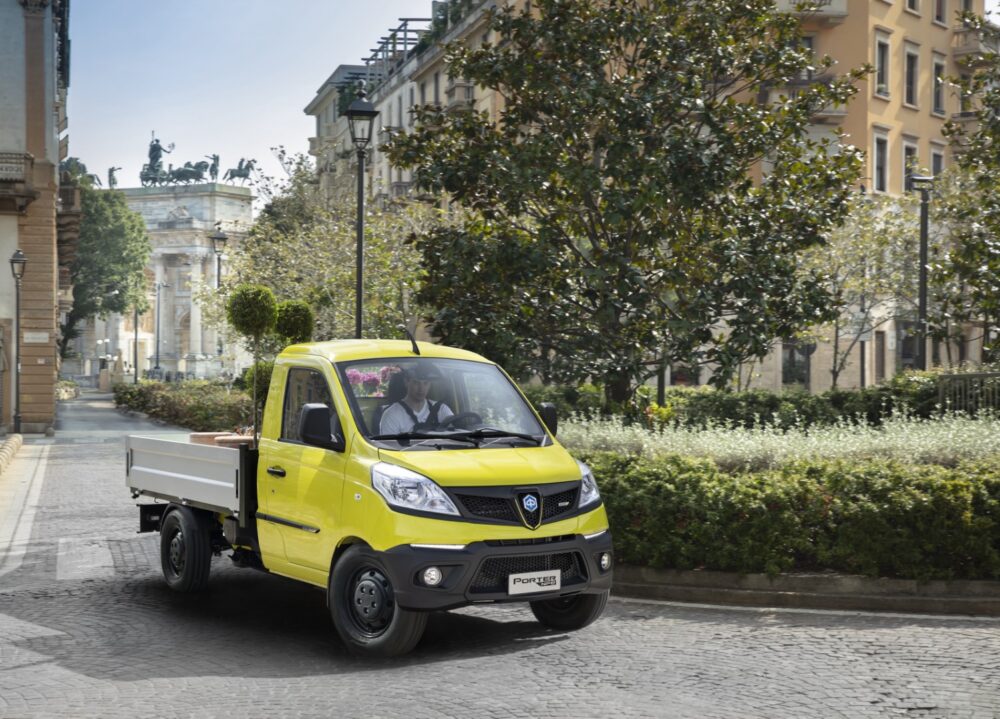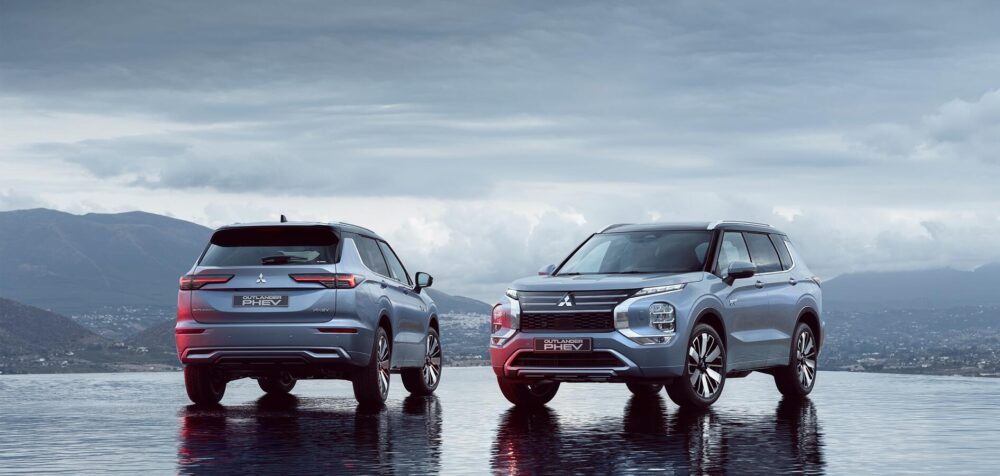Polestar: Fast curves at the Arctic Circle🎥
ENGINEERING ART Polestar develops new models in extreme conditions in various locations around the world - from the heat of Arizona to the cold of northern Sweden. The Polestar 2 Arctic Circle demonstrates electric car qualities.
Temperatures down to minus 35 degrees Celsius pose major challenges for car and tester
Polestar's intensive winter testing program in the Arctic Circle at 66 degrees north latitude lasts from December to March every year and pushes engineers and prototypes to the limit. Temperatures as low as minus 35 degrees Celsius not only put enormous strain on the mechanical components, but also pose major challenges for the testers.
Suspension engineer Joakim Rydholm, who has led the tuning of Polestar models' driving dynamics for more than a decade, says, "Suspension tuning on snow and ice allows us to develop the cars as if in slow motion and with greater accuracy."

Polestar 2 Arctic Circle as a rally version
With extremely low grip, driving dynamics can be felt and analyzed much better than on asphalt. To put the testers' expertise to the test, Joakim Rydholm has developed the Polestar 2 Arctic Circle as a unique winter rally special version.
For this purpose, a Polestar 2 Dual engine with performance package has been further optimized. A ride height raised by 30 millimeters, drive power increased to 350 kW, special 19¬-inch studded tires and an adjustable Öhlins suspension give the Arctic Circle the prerequisites to be even faster on snow and ice.
Raised vehicle height and special tires
Joakim Rydholm: "The balance and predictability we have achieved with the raised vehicle height and the special tires are particularly noticeable when you enter a corner with absolute control, completely sideways. That puts a smile on my face."
But: The Polestar 2 Arctic Circle is a show car and will not go into production. A great pity.












